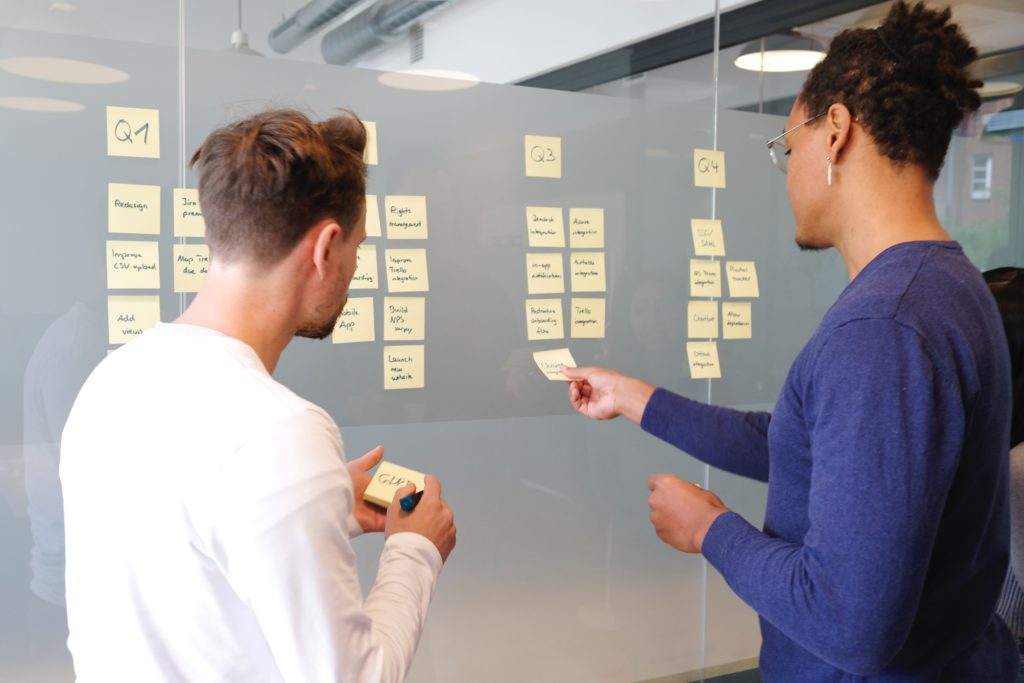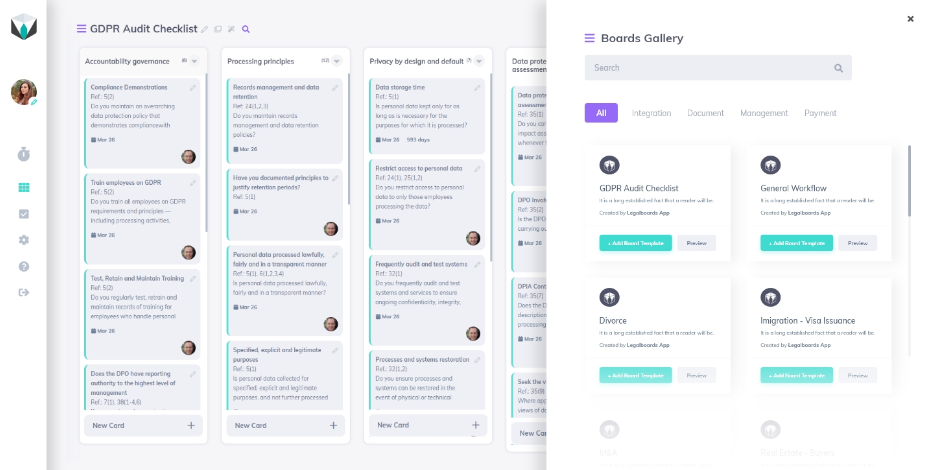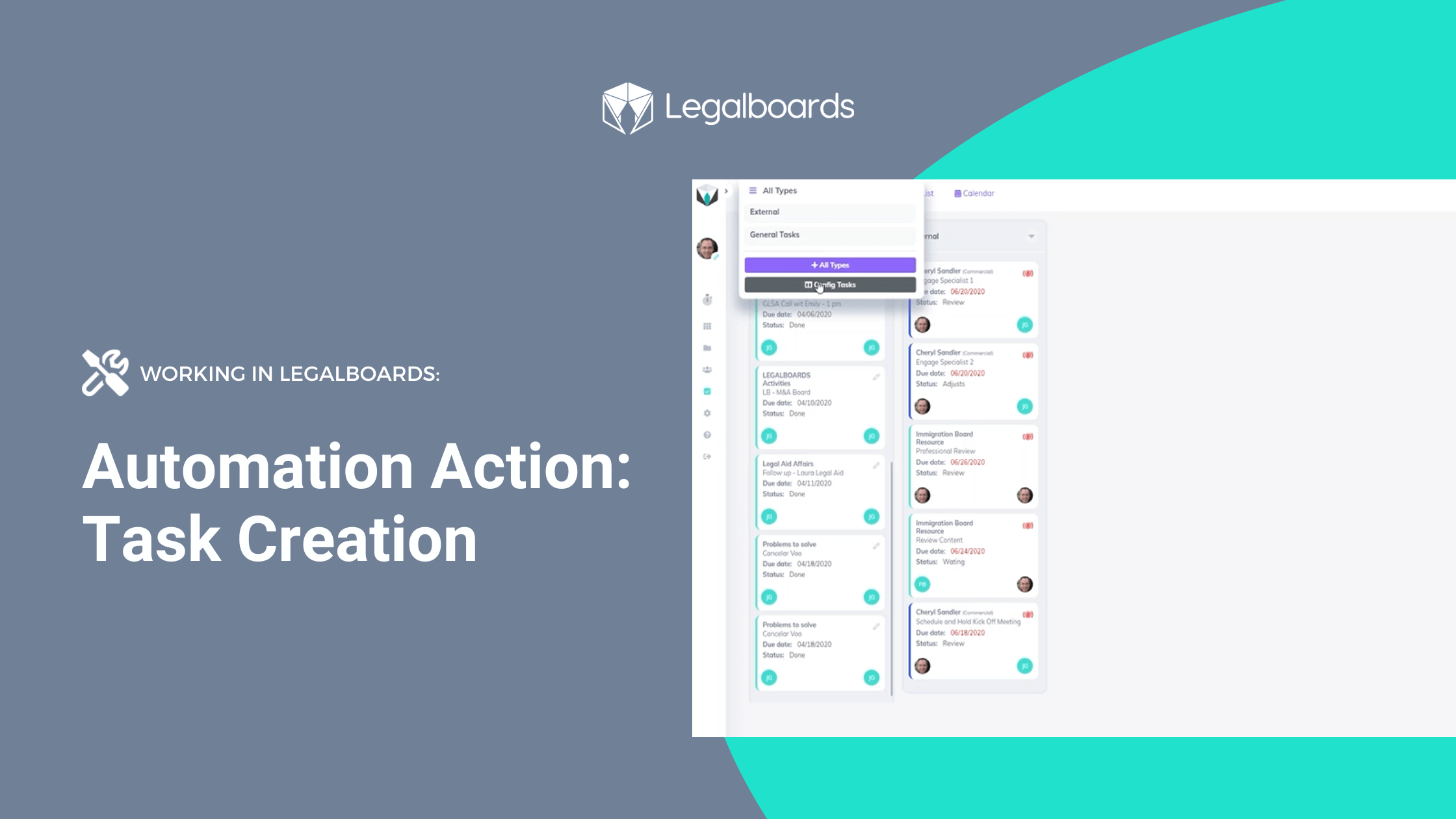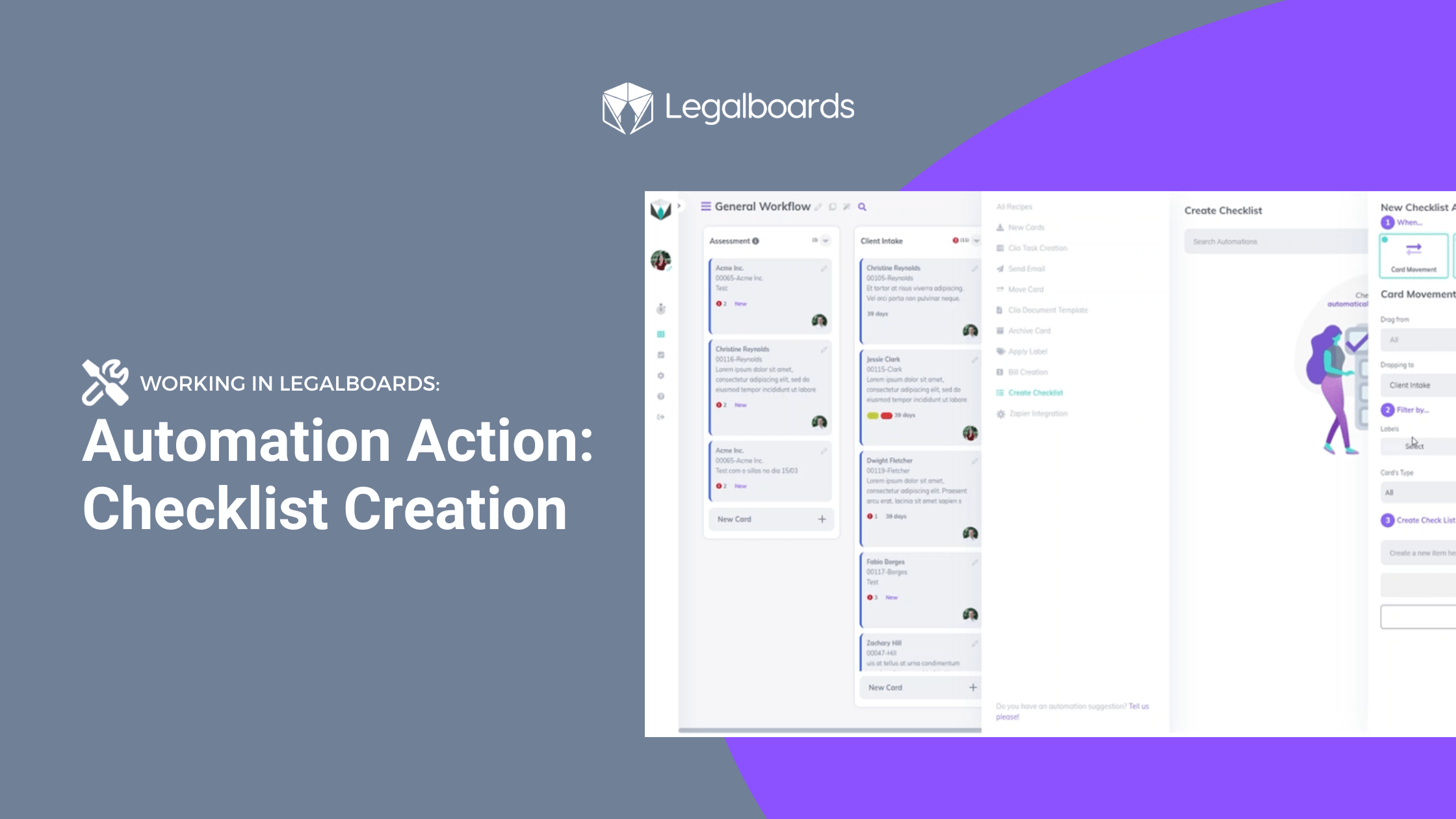A dilemma that most lawyers face is “billable hours”. The time spent on client work must be spent wisely. If customers can’t see the correlation between time spent and results, it’s highly unlikely they will stick around or leave a positive review.
How to Improve Law Firm Cash Flow provides great information about making the most of your day. By automating repetitive tasks, using case management software to organize your information, and so on, productivity improves.

Still, it’s not easy to manage your priorities in such a way that you don’t end your day with the feeling that you’ve worked a lot but achieved very little.
Time management issues are not only specific to legal professionals. Lawyers can learn from other industries such as tech, software, and project management, that are already successfully implementing an Agile approach.
When implemented correctly, Agile methodologies can help lawyers improve their efficiency, retain happier clients, motivate team members, and foster a culture of responsibility and accountability in the workforce.
What is Agile Methodology?
To understand what Agile methodologies are and how they can be applied by lawyers, let’s first cover what Agile is.
Typically used in the tech world, Agile is an approach to project management that enables teams to deliver value to their customers quickly. The aim is to deliver work incrementally instead of waiting for the end product to be finalized and perfected.
The methodology is designed to provide a mechanism that allows teams to respond to changes in requirements, plans, and results quickly and easily. It’s great for tech companies, and it’s increasingly being applied to other industries, notably law.
Agile Methodologies For Lawyers
An increasing number of lawyers are incorporating Agile methodology to enable them to manage projects and support many transactional practices such as immigration, real estate, divorce cases, and business formation.
While many traditional project management methods require a mountain of upfront work to plan and set up, the beauty of Agile is its ability to break a project into smaller tasks and provide fast value to the client.
Agile methodologies have four main values to offer to the legal industry:
- Individuals and interactions over processes and tools
- Focus on the client’s needs over the service you provide
- Clients collaboration over service’s scope negotiation
- Responding to change over following a plan
3 Agile Techniques Lawyers Can Use
Technique #1: Add a Physical Form to Your Hidden Processes
One of the major issues with the modern method of working is the lack of visibility. Much of the time, especially in the legal field, work is hidden. Workflows and processes can be hard to see and the work-in-progress is often simply hidden on a screen or, worse still, inside an employee’s head.
The first step of the Agile methodology is to give a physical form to these “hidden” processes—this is where Kanban (a Japanese term for “sign” or “card) boards come in. A card on a Kanban board (as pictured below) is used to provide a physical form for a piece of knowledge work.

The cards are arranged with columns that represent stages of the workflow. In legal, the stages can span from marketing and quotation to client intake, case inception and so on.
The Agile methodology enables you to see the tasks as they progress through the relevant stages of completion.
Technique #2: Use User Stories Instead of Tasks
Task-based project management is not for everyone. For some, it can feel liberating, while for others it may feel like a mountain of never-ending micro-tasks. In Agile, another popular technique that lawyers can implement is ‘User Stories’.
Instead of defining every single task that is required, lawyers can create a statement including the problem that needs to be solved and why. This creates a User Story for a specific customer, their needs, and, importantly, the reasons for the need.
A simple format for a User Story would be:
As a ________________________, I need to be able to _________________, so that I can _________________________.
In a law firm, an example of this Agile technique could be:
As an elderly person with declining health, I need to be able to ensure my assets are equally distributed to my dependents upon my death.
Armed with your User Stories, you can replace a series of tasks and attach a measurement (e.g. “Done”). You can then address if the problem in the User Story been solved.
Technique #3: Learn and Improve
One of the keys to Agile methodology is rituality. Rituals are quick and effective ways for your team to communicate, help each other, ensure accountability, and measure progress.
The main types of rituals include: the Planning Meeting, the Daily Stand Up, the Review Meeting, and the Retrospective. With the first three types focused primarily on planning, the Retrospective is all about process and continual improvement.
You should ask the following questions:
- What went well that we should keep doing?
- What didn’t go well that we should stop doing?
- What should we try that is different?
Benefits of Agile Methodologies for Lawyers
You can apply Agile to your legal work by making small changes in the way you approach cases. By breaking cases up into several stages and incorporating constant collaboration, it allows for continuous improvement and iteration at every stage.
The main benefits of Agile for law practices are:
- Flexibility: Kanban boards allow for the most important work is always placed at the top of the pile. Once a team member has completed a task, they don’t need to worry about what to do next. They can simply select the next item (relevant to them) from the backlog and get started.
- Saves time: A Kanban board offers a bird’s eye view of all of the tasks within a project and allows all of the team members to see the collective and individual progress. With this overarching view, team members can spot inefficiencies and opportunities for improvement.
- Efficiency: With a clear view of what needs to be done, team members have a detailed vision of what needs to happen, when, and by whom. Workflow has a clear definition and team members have a clearly defined role.
- Save money: An efficient team will save time and money. It will also deliver value and good quality work for your clients. A win, win if you drop your billable hours, improve customer satisfaction, and increase positive client reviews.
Applying Agile methodologies is a bold but necessary shift. With Agile, the approach to planning in shorter and iterative cycles means priorities can be shifted from iteration to iteration. This allows you to fully address the client’s needs.
What we’ve learned working with lawyers so far is that Agile methodologies help to improve productivity and efficiency, read more here.
Do you want to learn more? Check out this 2016 article from Harvard Business Review about how Agile methodologies are spreading across a broad range of industries and functions, and just keep on propagating.




